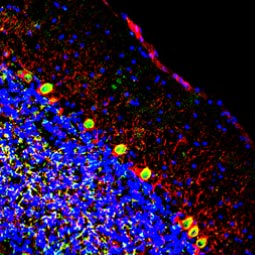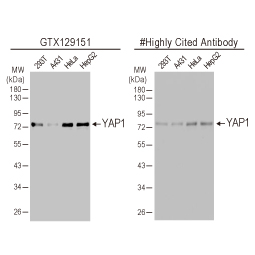Wounds lead to rapid scarring instead of normal skin regeneration in humans, frequently resulting in disfigurement, functional deficits, and growth disruption. In their recent Science paper, Mascharak et al. employ transgenic mice, fibroblast transplantation, and other complementary modalities to illuminate a mechanism for skin scar formation (1). The authors traced scar formation to a population of fibroblasts that express Engrailed 1 in response to mechanical/tension-mediated signaling following a wound. Genetic ablation or chemical inhibition by verteporfin, used clinically in the treatment of age-related macular degeneration, of mechanotransduction pathways resulted in wound regeneration rather than scarring, reflected by recapitulation of normal skin appendages, histological features, and strength characteristics that are absent from scars. Thus, this study identifies Engrailed 1 and other mechanotransduction pathway factors as viable therapeutic targets to thwart fibrosis, not only involving the skin but potentially in fibrotic disorders affecting other organs.
Featured Products
Reference:
- Science. 2021 Apr 23;372(6540):eaba2374.


![Collagen I antibody [COL-1] (GTX26308) Collagen I antibody [COL-1] (GTX26308)](/upload/media/MarketingMaterial/Newsletter/2021/SkinRegeneration/255x255_dataimg_3.jpg)
![Fibronectin antibody [N1N2], N-term (GTX112794) Fibronectin antibody [N1N2], N-term (GTX112794)](/upload/media/MarketingMaterial/Newsletter/2021/SkinRegeneration/255x255_dataimg_4.jpg)